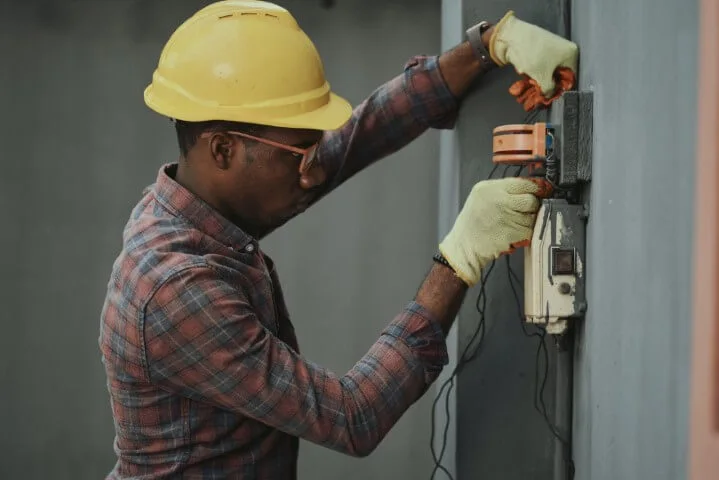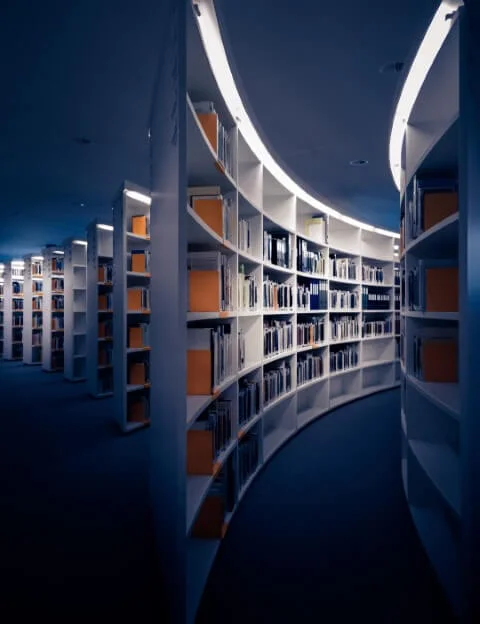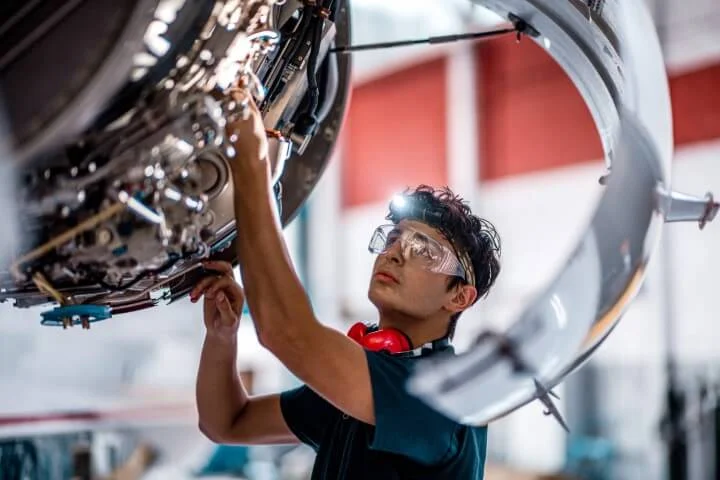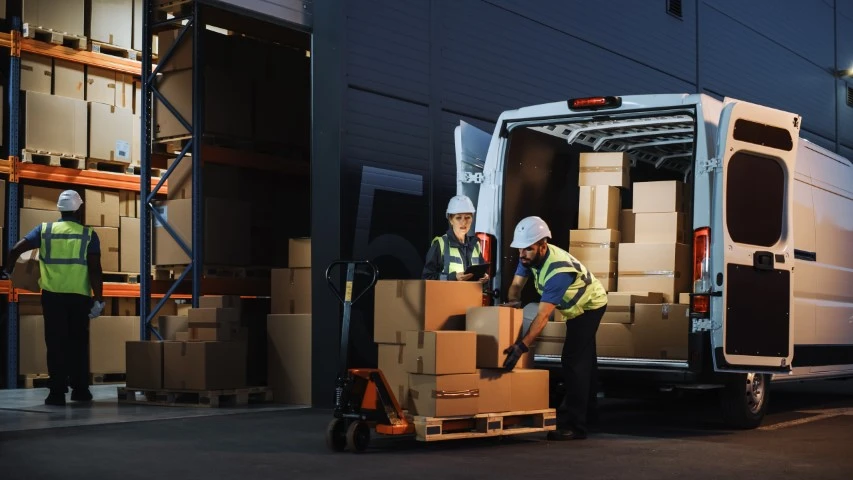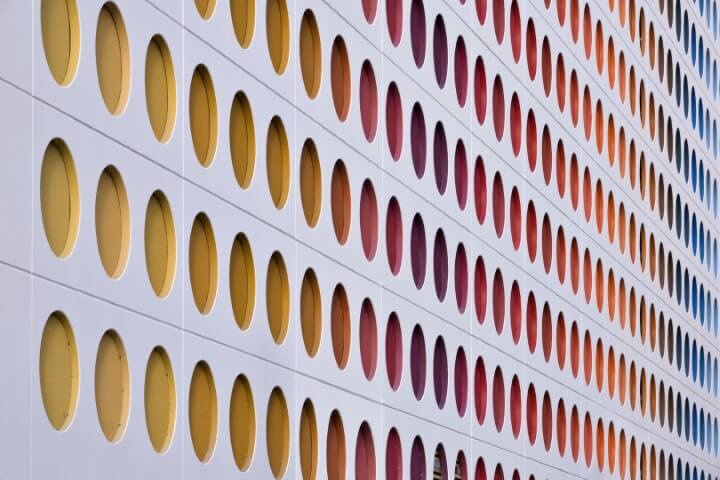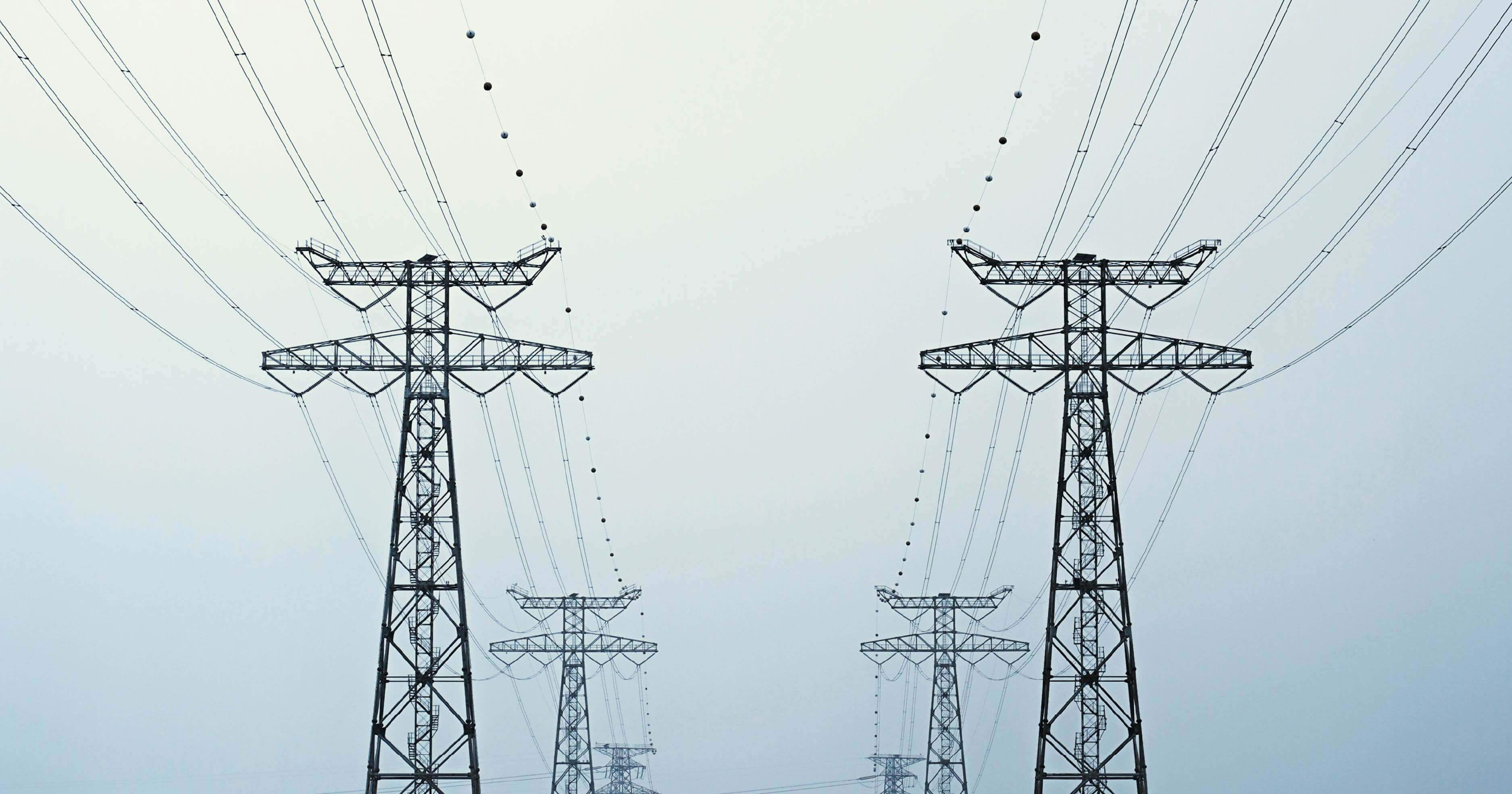Inside The Net Zero Revolution At The University Of East London
Inside The Net Zero Revolution At The University Of East London
Higher education should be a launchpad for the future – but too many universities are stuck in the past, wasting energy, relying on outdated systems and missing the bigger picture. At the University of East London (UEL), that script is being rewritten. Since 2019, UEL and Siemens have been transforming selected buildings into a model of what a net zero campus can be. For the partnership, digitization and sustainability are not just side projects, but the foundation for something bigger and smarter. The impact is already measurable: UEL’s energy overhaul is saving over £500,000 yearly in utility costs, while slashing emissions by more than 1,000 tonnes. Let’s take a closer look at how they’re making it happen.
Digitization and wellbeing shape UEL’s path to a smarter and healthier campus
On March 20, I stepped onto UEL’s Docklands campus and into a real-time demonstration of the future. Siemens spent the day showcasing how its technology is turning campus energy management into an intelligent ecosystem. The impact is everywhere – heat pulled straight from the River Thames, AI that optimizes operations on the fly, buildings that adjust themselves in response to demand. This isn’t just a carbon-cutting exercise. It’s an entirely new way to think about how universities operate.
From vision to action: the net zero playbook
Big goals don’t mean much without execution. UEL is delivering, step by step, with a clear trajectory to achieving the lowest emissions per student in the UK by 2026 and full net zero status by 2030, by:
- Lighting up efficiency: over 11,000 fitted LED lights and 35 upgraded building management systems (BMSs) are already cutting 470 tonnes of CO₂ every year.
- Tapping into the Thames: the UK’s largest university water-source heat pump is coming online, using river energy to heat the Library and Royal Docks Centre for Sustainability. The result? A 258-tonne CO₂ reduction and a campus with strengthened resilience.
- Powering the future: a 1.7MW solar PV system is already producing 1.2GWh of clean electricity annually, covering 10% of UEL’s energy needs – with more to come.
The brains behind the operations: an interconnected digital platform
Smart infrastructure isn’t just about hardware. The real magic happens in the data. Siemens’s Building X digital platform acts as the central intelligence system, continuously gathering, analysing and acting on data to keep campus operations running at peak efficiency, through:
- Real-time energy optimization: sensors and analytics track energy consumption patterns, automatically adjusting supply to occupancy, to eliminate waste and improve efficiency.
- Predictive maintenance: AI-powered diagnostics detect anomalies in building systems, identifying potential failures to anticipate downtime and prevent costly maintenance.
- Adaptive building performance: data-driven automation enables HVAC, lighting and security systems to adjust dynamically to occupancy levels, ensuring both comfort and efficiency.
Beyond carbon: a campus that puts people first
For UEL, sustainability is just the beginning. The real impact is on the people who study and work there. East London has long struggled with air pollution and environmental challenges, and UEL is tackling them head-on. Smart ventilation, AI-powered air quality monitoring and enhanced climate control aren’t just reducing emissions – they’re creating cleaner classrooms, healthier spaces and a better learning environment.
But innovation doesn’t happen in isolation. A truly intelligent campus starts with data. Universities looking to follow UEL’s lead should start by asking: Can we see what’s happening inside our buildings? A digital operations platform, such as Siemens’s Building X, connects every system – tracking energy use, predicting maintenance needs and optimizing performance in real time. The path to net zero isn’t just about commitment – it’s about having the right tools to make it happen.
